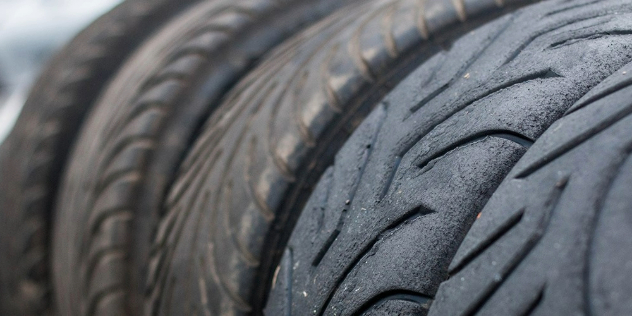Preparing to fire up your car for the first time in a few weeks or months? A vehicle that’s been sitting for an extended period will need a few things checked off before you can be sure it's safe to have back on the road.
As many New South Wales' motorists prepare to resume their regular commutes, errands and road trips, some cars that have been left idle for an extended period may be called back in for duty.
Cars are happiest when driven regularly. Long periods of inactivity can cause maintenance issues that could threaten safety if left unattended. If it has been a while since you last drove, check if you are within your service schedule and book the car in for a service if you have exceeded the interval.
Here we look at some maintenance tips you can do at home to prepare your car to get back on the road. If you are not confident about any maintenance items below, our team of highly-trained patrols can come out to attend to your vehicle to get you moving again safely.




